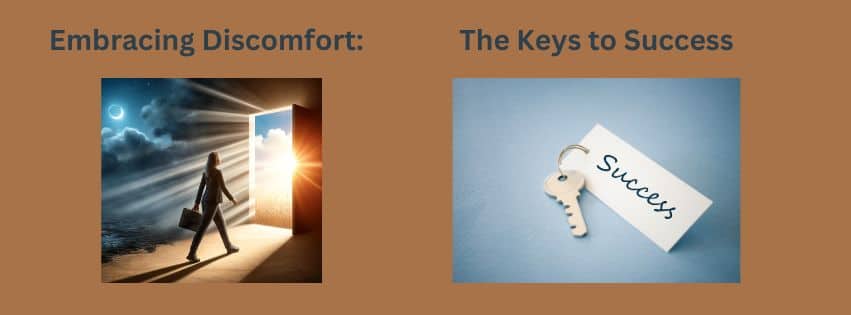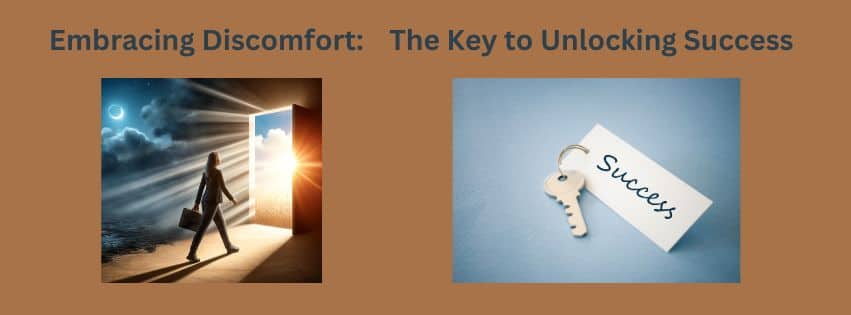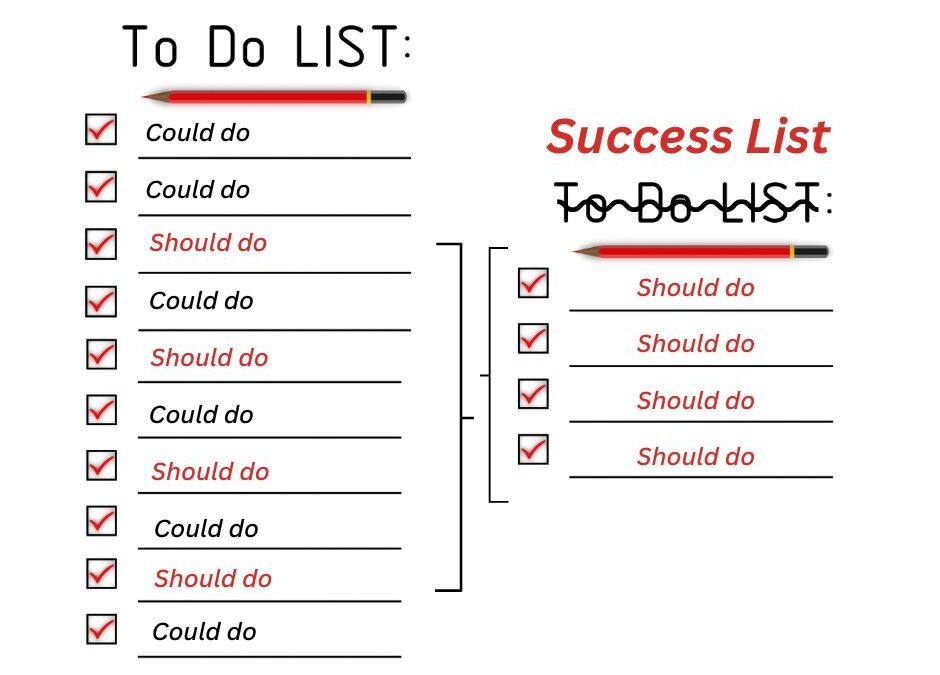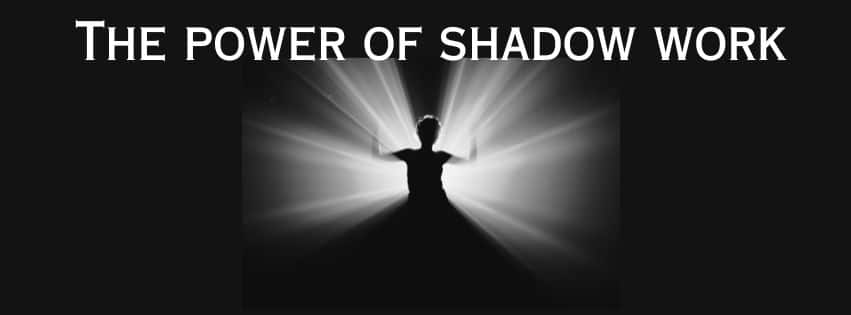
Embracing Discomfort

Embracing Discomfort: The Key to Unlocking Success
In our quest for personal and professional growth, we often encounter tasks we’d rather avoid. Whether it involves waking up before dawn for a morning jog, tackling a mountain of paperwork, or engaging in tough conversations at work, success demands that we step out of our comfort zones. Through my own journey—marked notably by nearly 24 years of sobriety—I’ve learned the invaluable lesson that embracing discomfort is not merely a necessity but a catalyst for profound transformation.
Understanding the Value of Discomfort
The path to achieving our greatest aspirations is often lined with tasks we dread. Early in my sobriety, I faced countless mornings where the last thing I wanted to do was attend an AA meeting. The idea of sharing my struggles or listening to others didn’t always seem appealing. Yet, each time I went, I left feeling a bit stronger, more connected, and incredibly grateful. This repeated action of stepping into discomfort taught me an essential truth: growth occurs outside our comfort zones.
It’s not just about building resilience; it’s about developing a profound mental toughness that comes from consistently facing and overcoming challenges. These are not merely hurdles but opportunities that forge our character and define our capabilities.
How to Embrace the Uncomfortable
The first step in effectively embracing discomfort is to reframe your mindset. Begin to view these daunting tasks as vital steps toward your ultimate goals, not as detours or unnecessary obstacles. This shift in perspective can dramatically change your approach and emotional response to challenges.
When facing particularly overwhelming tasks, breaking them down into smaller, more manageable steps can be incredibly helpful. This strategy reduces anxiety and builds a sense of achievement as each smaller goal is accomplished. For instance, instead of focusing on the entire process of writing a book, focus on writing a single chapter or even just a page.
Furthermore, establishing a reward system after you tackle these challenges can make the process more enjoyable. A small treat, a short break, or scheduling something you enjoy right after can motivate you.
Accountability is another key element. Sharing your intentions with someone else—a friend, a coach, or a mentor—can increase your commitment. It’s easier to back out on ourselves than it is to explain to someone else why we didn’t follow through.
Lastly, take time to reflect on your past successes and the difficult paths you’ve navigated to reach them. Remembering your achievements and the obstacles you’ve overcome can provide a significant motivational boost. For instance, every year, as I near June 6th, the anniversary of my sobriety, I reflect on the challenges and successes of the past year, which reminds me of the strength I’ve gained from each difficult decision and action. I’ve done this for the past 24 years in AA, which gave me an invaluable tool I use in all areas of my life.
Embracing the tasks we prefer to avoid isn’t just a strategy for achieving goals—it’s a transformative process that reshapes our character, enhances our capabilities, and deepens our inner strength. As someone who has lived through significant challenges, I can affirm that the rewards of embracing discomfort are profound and enduring. Let us step forward into these challenges, not with reluctance but with a spirit of determination, knowing that each step is not merely a move towards achieving our goals but a stride towards becoming the person we aspire to be.
If you’re struggling with where to start, schedule your complimentary one-hour Discovery call. We’ll put together a roadmap using my 7-step pathway to success.








